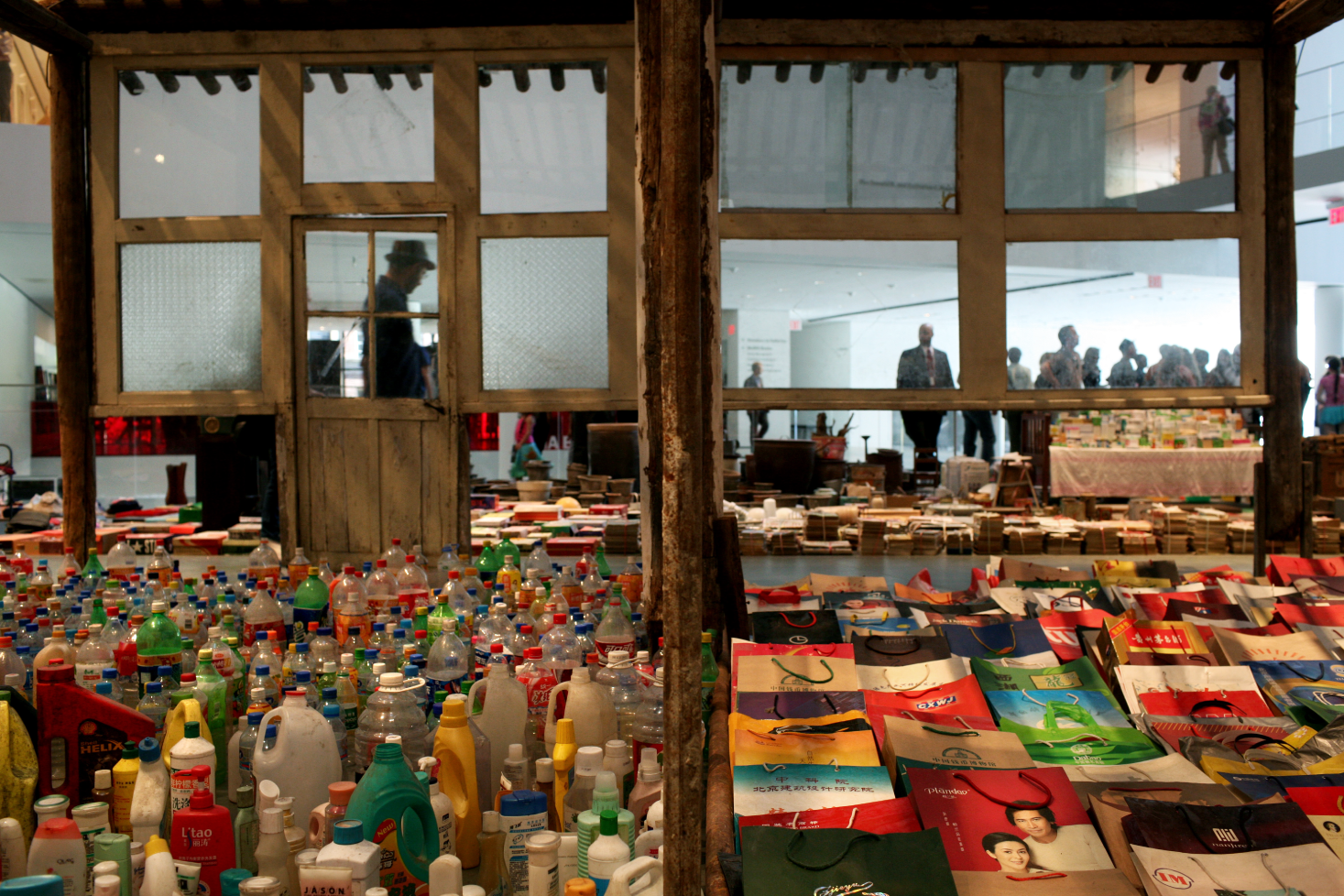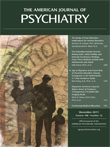For the 2009 exhibit Waste Not, an artistic collaboration between well-known contemporary Chinese artist Song Dong and his mother, Zhao Xiangyuan, Mr. Song carefully arrayed the entire contents of his cluttered childhood home in the atrium of the Museum of Modern Art in New York. This massive art installation was made up of over 10,000 worn, broken, and unused objects that would seemingly appear to have little or no value to others. The objects had been collected and preserved by Ms. Zhao (Mr. Song's mother). First created in Beijing in 2005, Waste Not has since traveled to South Korea, Germany, and England, as well as the United States.
Cultural and historical factors contributed to the genesis of
Waste Not. First, frugality is a traditional Chinese virtue. As Mr. Song describes, “ '
Wu jin qi youg ' [translation: “Every resource should be used fully and nothing should be wasted”] is the guideline of my mother's life, but it is also the portrayal of a whole generation of Chinese people” (
1). Second, Mr. Song's parents grew up during the deprivation and harsh environment of the Chinese Cultural Revolution, when saving was an act of self-preservation. However, as living conditions improved during his childhood, Mr. Song noticed that his mother became reluctant to throw things out even when they had clearly become useless (
1).
Although she was initially driven by poverty and cultural conditions, after the sudden death of her husband in 2002, Ms. Zhao's difficulty in discarding objects intensified. Her loneliness fueled her desire to surround herself with memories of her husband. The result was that “every inch of space” in their tiny home was filled (
1). Increasingly worried about his mother, but raised in the Chinese spirit of filial obedience, Mr. Song found a solution by collaborating with his mother to create the installation. “I thought of another way to show her my concern: to exhibit her life, her things, her philosophy: to use the principal of 'waste not' together with her and make art out of it.” Mr. Song describes how his mother happily remarked after the completion of the exhibit, “You see that keeping them was still useful!” Mr. Song describes the most important aspect of the project: “It gave my mother a space for her to put her memories, her history, in order.… All of it brought happiness into her life. Our collaboration is a medium for art, a new start in our lives” (
1).
Mr. Song's creative vision resulted in his mother's being able to let go of her treasured possessions and move into a Beijing apartment. She lived there contentedly until, 5 years after the first installation of the exhibit, she died falling from a stepladder while trying to rescue a wounded bird in a tree (
2).
Waste Not is thought provoking, simultaneously depicting an era of Chinese culture and a close relationship between mother and son. Together, the artists transform loss, sadness, and clutter into a poignant work of art depicting healing, beauty, and order.


